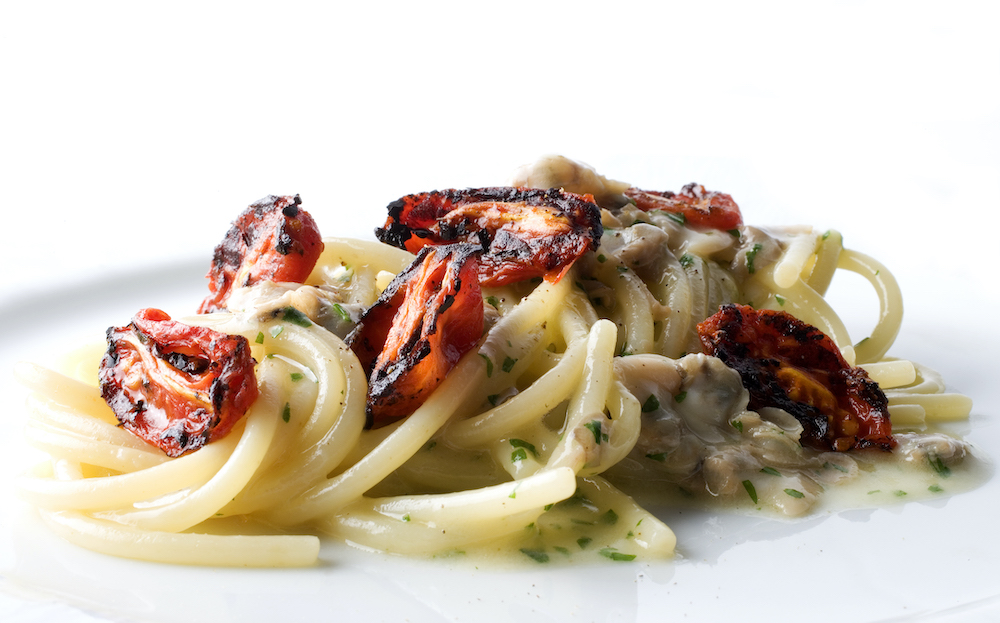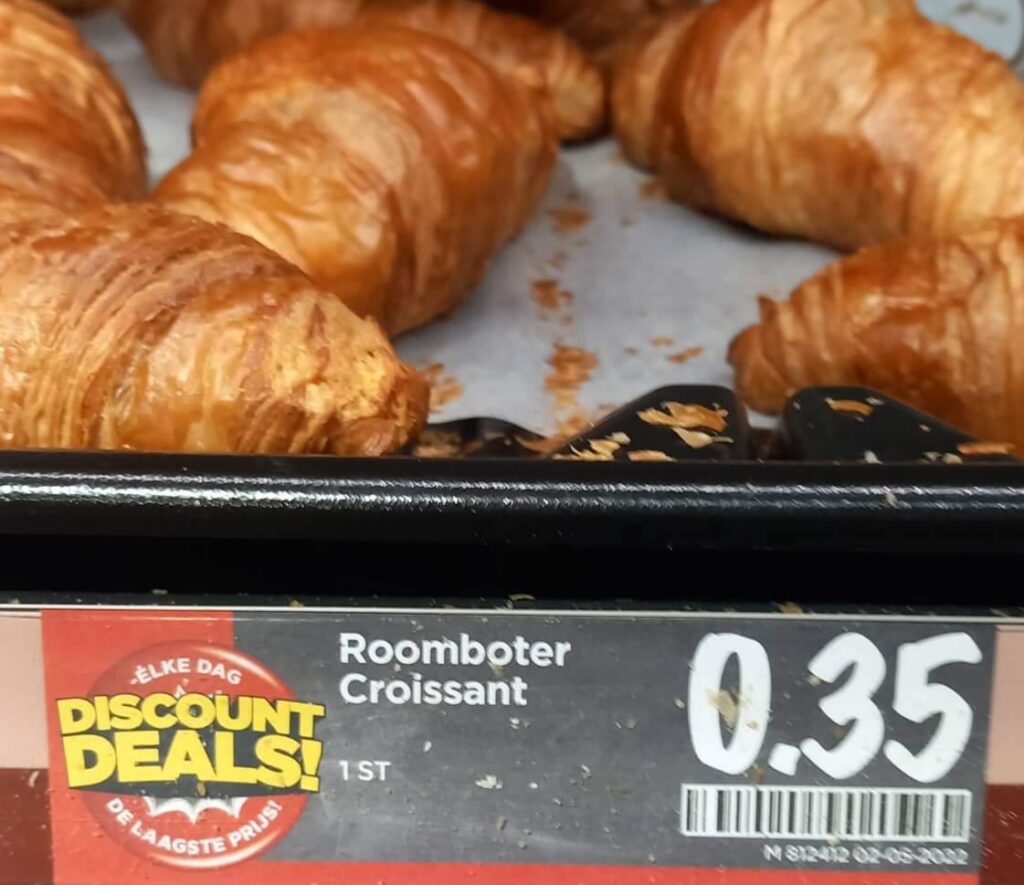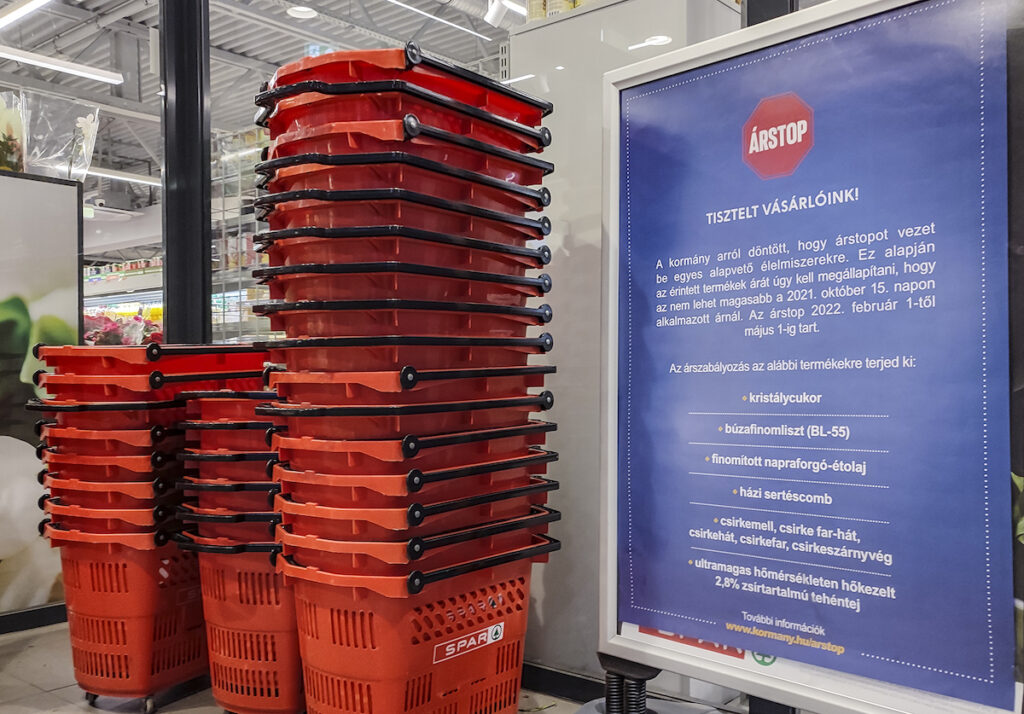“This crisis is bubbling like a pot,” Mauro Uliassi says. When it comes to pots, he definitely knows what he’s talking about. He is the chef of a 3-Michelin-stars restaurant in Senigallia, the world’s 12th best place to eat.
“As a result of skyrocketing energy prices, the costs of raw materials increased by 20 to 40%. The electricity bill in the first half of the year grew from 13,000 to 39,000 euros”.
The restaurant overlooks the sea and the squid skewer of the Rimini Fest, or the Smoked Spaghetti with clams and grilled cherry tomatoes, are known as delicious. You’re bitten by the crisis when you digest the bill: “The classic menu now costs 240 euros, instead of 200,” says Uliassi.
The chef knows he’s better placed than most to withstand the worst of the crisis. His restaurant has a thirty-year history, financial stability and loyal customers willing to spend. “But I think about those who have just started,” he says. ”They had to face the pandemic, and now there’s a new crisis. This is a heavy blow, and it isn’t over.”
Marco Pedroni, president of retailer Coop Italia, warns that “this high cost of living has not been seen since the 80s. There is a need to support domestic demand for consumption.”
You don’t have to go to Senigallia to taste high prices: in Rome, I pay 10% more for a cappuccino and croissant than I did last summer. I asked the waiter if his wage had gone up too. As I feared, it hadn’t.






